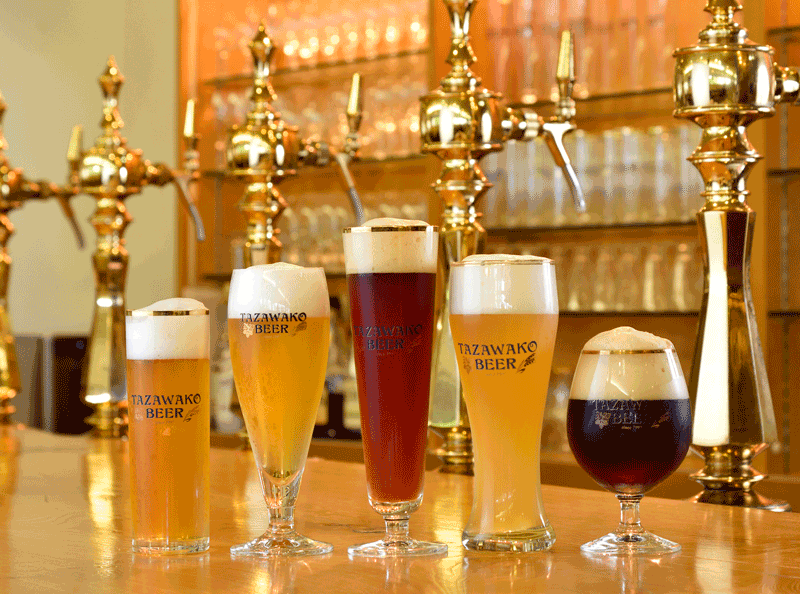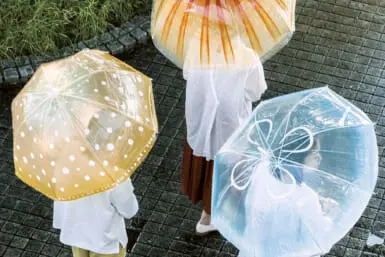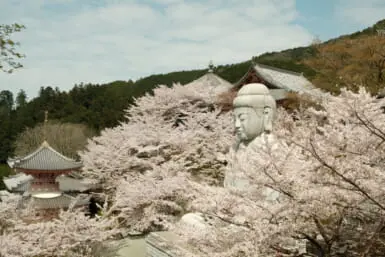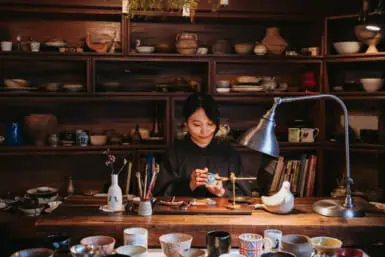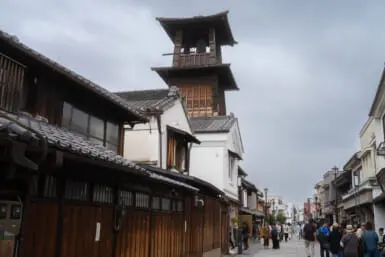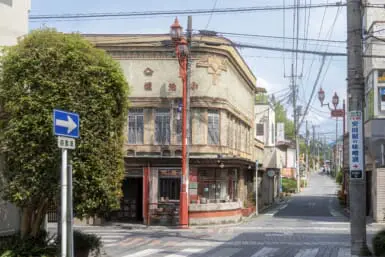Traditional music and dance take center stage with the Warabi-za theatrical group.
When it comes to understanding the roots of another culture, the performing arts provides a unique window. Learning how to speak the language is invaluable, of course, but there’s something intangible, perhaps more profound, that can be perceived by clapping along with a centuries-old work song or seeing dancers perform steps whose origins date back more than a thousand years.
This kind of connection is what the Warabi-za performance troupe has been providing its audiences since it was founded in 1951. Based in the Akita Prefecture city of Semboku, the group is best known for adapting Japanese folk traditions – particularly the stories, songs, and dances of the people of Tohoku – to music and dance performances.
Linked to the labor that people have been doing in Japan for centuries, these songs and dances come in a wide variety. Some are traditional work songs, meant to provide a rhythm that would accompany the work of harvesting rice or cutting lumber. Others have their origins in the time when that tough work was complete and it was time to celebrate with songs, ceremonies, and dances that were meant, in part, to ask the gods for good growing conditions and a healthy crop, but which also strengthened deep ties within the community and helped people prepare for the next season’s challenges and rewards.
Since its founding almost 65 years ago, Warabi-za has expanded to seven different groups that collectively perform more than 1,000 shows throughout the country and also regularly perform overseas – in 16 different countries to date. Both inside Japan and abroad, the group introduces this musical heritage to those who are entirely new to it, and shares these traditions with modern Japanese audiences who may have lost touch with the time-honored ways.
Although Warabi-za has a heavy touring schedule that sends its troupes around Japan, perhaps the best place to see them perform is at their home base in Semboku. Set in a section of Akita Prefecture that is known for its natural beauty, abundant hot springs, and the black-walled Kakunodate residences that used to house the samurai families of old, Warabi-za’s home theater is a part of the Akita Art Village, an aesthetic getaway that combines the comforts of a resort and the culturally inspiring surroundings of an arts colony. Established more than 20 years ago, it’s a location where you can witness impressive performances, be soothed by pristine scenery – even take your own turn on stage.
What To Do at Akita Art Village
Beginning this summer, the Warabi-za troupe will be bringing the traditional dances and songs of the six prefectures of the Tohoku region (Akita, Aomori, Iwate, Fukushima, Miyagi, and Yamagata) to polished life with their “Tohoku Festival Night Stage.” It’s an opportunity for young, old, foreign, and Japanese to gain a deeper appreciation of this musical heritage.
However, a visit to Akita Art Village gives guests a chance to do more than just see Warabi-za’s shows – they can also try their hand at performing during their stay. Professionally led workshops are available in traditional Japanese dance, taiko drumming, or stage fighting. Whenever it’s time to take a break from artistic endeavors, there’s a dip in an onsen waiting as well as an array of the local Tazawako Brewery’s celebrated beers to be sampled.
Main Image: One of the Warabi-za troupes performs the musical, “Haru Ran Ran”
Sponsored Post



